The Carroll Gardens neighborhood of Brooklyn is very wet. Pre-war brownstones stand like stern soldiers, unflinching and unfazed; but the lower part of Court Street is a giant Slip n’ Slide—menacing to me, given my current selection of footwear. A carry-on suitcase didn’t quite allow for the more functional wellies, so I’m balancing in an ill-advised pair of suede heels instead. Luckily, this being my old stomping grounds, I know the street well enough to skirt certain doom (and, of course, profound humiliation). The corner of Court and Nelson, where Life & Thyme founder Antonio Diaz and I have just arrived, is one block from where I once resided. This time, though, I’m in town only briefly, and it seems the city is taking the opportunity to punish me for relocating to L.A.
Fortunately, I’m immune to its efforts; I’m still hopelessly enchanted by my old neighborhood. And today, we’re here to interview one of its most respected residents, Mr. Brad Thomas Parsons. I’ve been a fan of the author since his book, Bitters, was released back in 2011, at a time when the phrase “craft cocktail” was just entering my consciousness. It was also the year I first visited a bar in Carroll Gardens called Prime Meats—which would quickly become my regular haunt—much like many of the other loyal patrons. On my first visit I had been particularly excited, as much of the photography from Bitters was shot at the formidable, palatial wooden bar that plays host to guests on one slim side of the restaurant, which I recognized instantly from its pages. It was an easy choice for the meeting with Parsons.

Parsons is a fellow regular, clearly well-loved here. And it’s easy to see why; he’s a polite patron—courteous and respectful of the restaurant and its staff. Sensitively, he alerts us in advance to say that Jeff, our appointed bartender, would be coming in on his day off—would we mind taking care of drink-related photography first so we could let him on his way?
Once indoors, we begin with a coffee-infused cocktail (appropriate for the still-morning hour) from the pages of Parson’s follow up to Bitters—the forthcoming Amaro. Meanwhile, Parsons takes the time to show off his entry into the restaurant’s mug club and share stories of the many cocktailing adventures he’s enjoyed at the stools before us. This is a man who respects not only the drink, but the bar—as an institution, a part of history, and as a part of the community.
And while Parsons himself holds a reverence for the longstanding traditions of the American bar, it is a modern group of bartenders that hold a similar regard for him and his efforts today. First with Bitters and now Amaro, Parsons is educating the contemporary cocktail world on some of its most elemental components in a carefully studied, comprehensive way, while maintaining the convivial spirit of classic bar culture—his own passion and playfulness evident in his style.
Photography wraps and Jeff is set free. A few sips of the amaro-based drink does its aperitif-ing duty, and for us, it’s finally time to eat. A window-side booth swims in the diffused, rainy-day glow, where over soft, salted house-made pretzels and plates of German-alpine fare, we sit with Parsons to talk bars, books, bitter drinks and Brooklyn. Among other things.
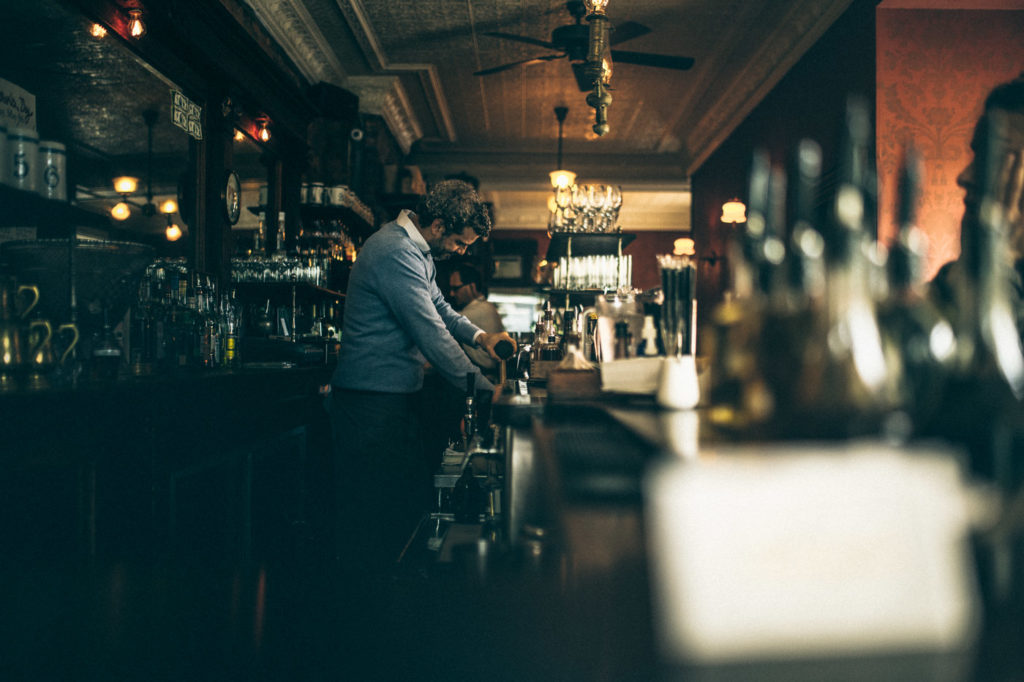
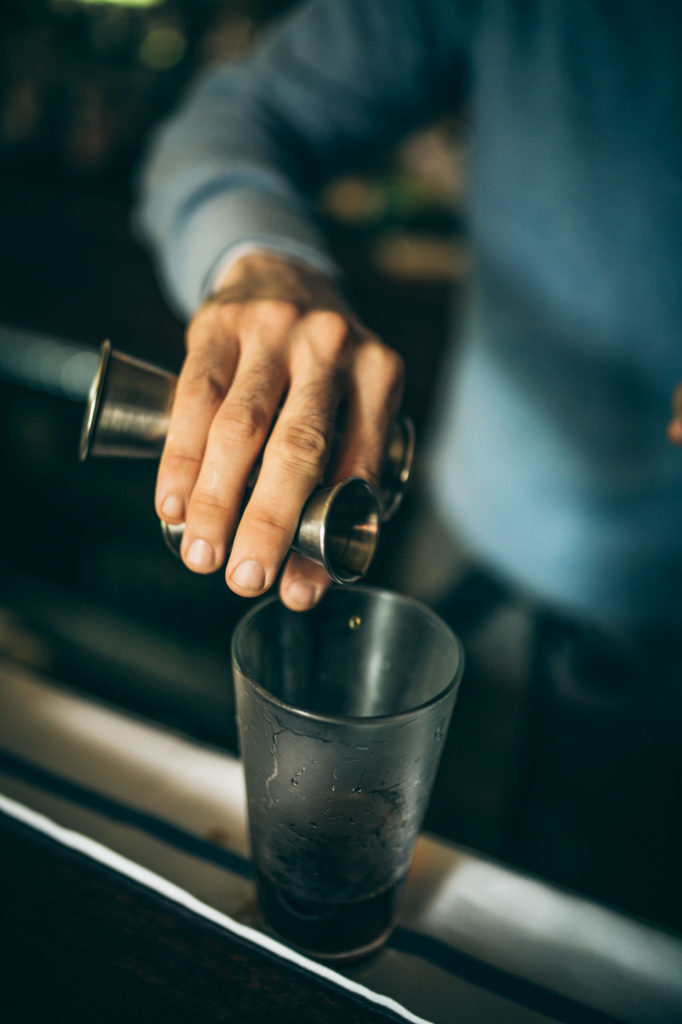
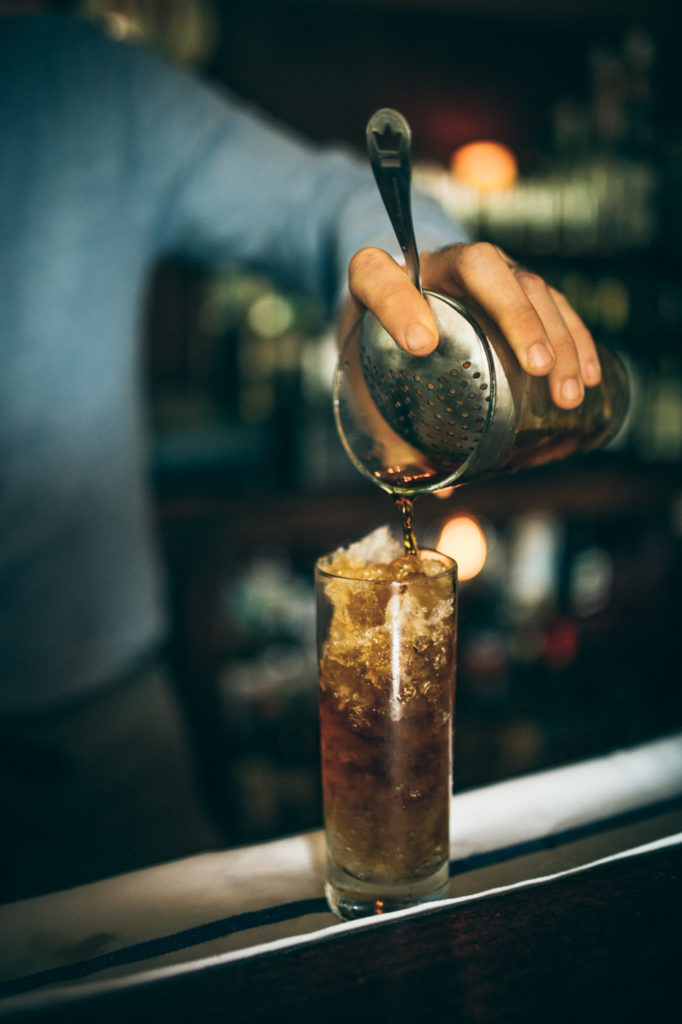


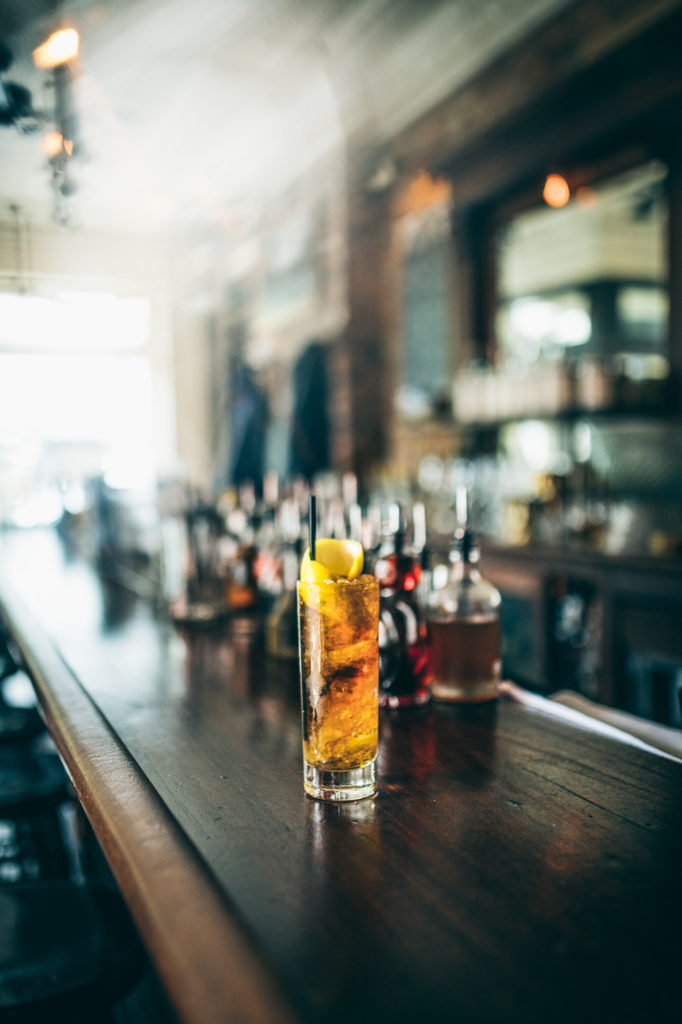
Stef Ferrari: How did you come to be a regular here at Prime Meats?
Brad Thomas Parsons: [Before I moved to Brooklyn], I came here for a research trip in late January of 2010, and I was friends with Peter Meehan of Lucky Peach. He put me in touch with his brother, Jim Meehan—the legendary bartender—but he said, “If you’re into bitters and amaro, go check out Prime Meats.” I came here at around four o’clock and told them that Peter sent me. Six hours later, I was still here, and I loved this place. There’s a community aspect to being a regular, getting to know the bartenders, and gaining trust. Jeff genuinely came in on his day off. I love the sense of community.
Antonio Diaz: What exactly is Amaro? What’s the history behind it?
BTP: Amaro itself as a word that means bitter in Italian; and traditionally it’s a category of drinks that are bittersweet and herbal in nature. It’s a neutral spirit, used or macerated with bittering agents like gentian root or wormwood, and flavoring agents like orange, citrus, seeds and flowers. Then, it’s aged and filtered, and a sweetening agent is added, whether it’s sugar, simple syrup, caramel syrup or honey.
It has centuries-old history, stemming from monasteries in churches that would use them because monks had thorough knowledge of botanicals and how they were used. Essentially, Italy was the ground-zero of this tradition; but other countries like Germany and France have bittersweet, herbal histories with beverages as well. In France, they’re called amer. Germany has Underberg, and others like that. My book isn’t 100-percent Italy because I wanted it filtered through my American point of view. What’s exciting to me is how Americans are embracing these kinds of bottles. They used to be dusty and on the back bar, and bartenders have started bringing them to the forefront and incorporating them into cocktails.
SF: What made you decide on amaro as your next topic?
BTP: I kept very busy with Bitters, and it was very difficult to come up with ideas. I have a day job in publishing, so it’s a little challenging. It was hard to find a topic that hadn’t been explored yet; there are so many topics I explore, and amaro is one that appealed to me. Then I switched gears and I was researching a book called American Spirits, which was going to be a survey of the rising artisanal craft, which would have been dated the second I turned it in and would have been impossible to cover accurately. My agent and I were taking a train ride to Philadelphia, and we were arguing about that book. I said, “I want to go back to amaro,” and he said, “Well do it.” So I switched gears onto that, and I’ve been working on it the last two years.
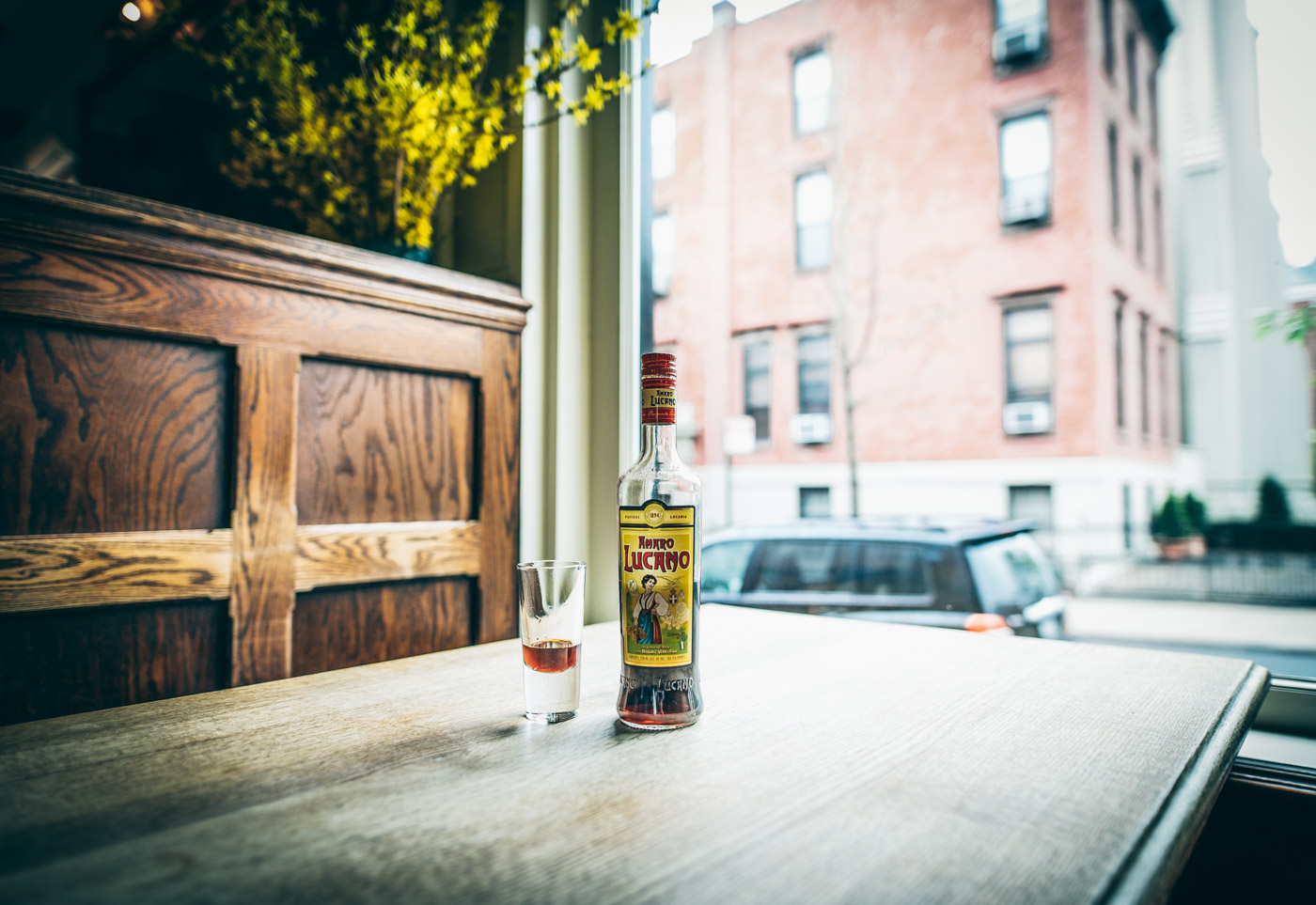
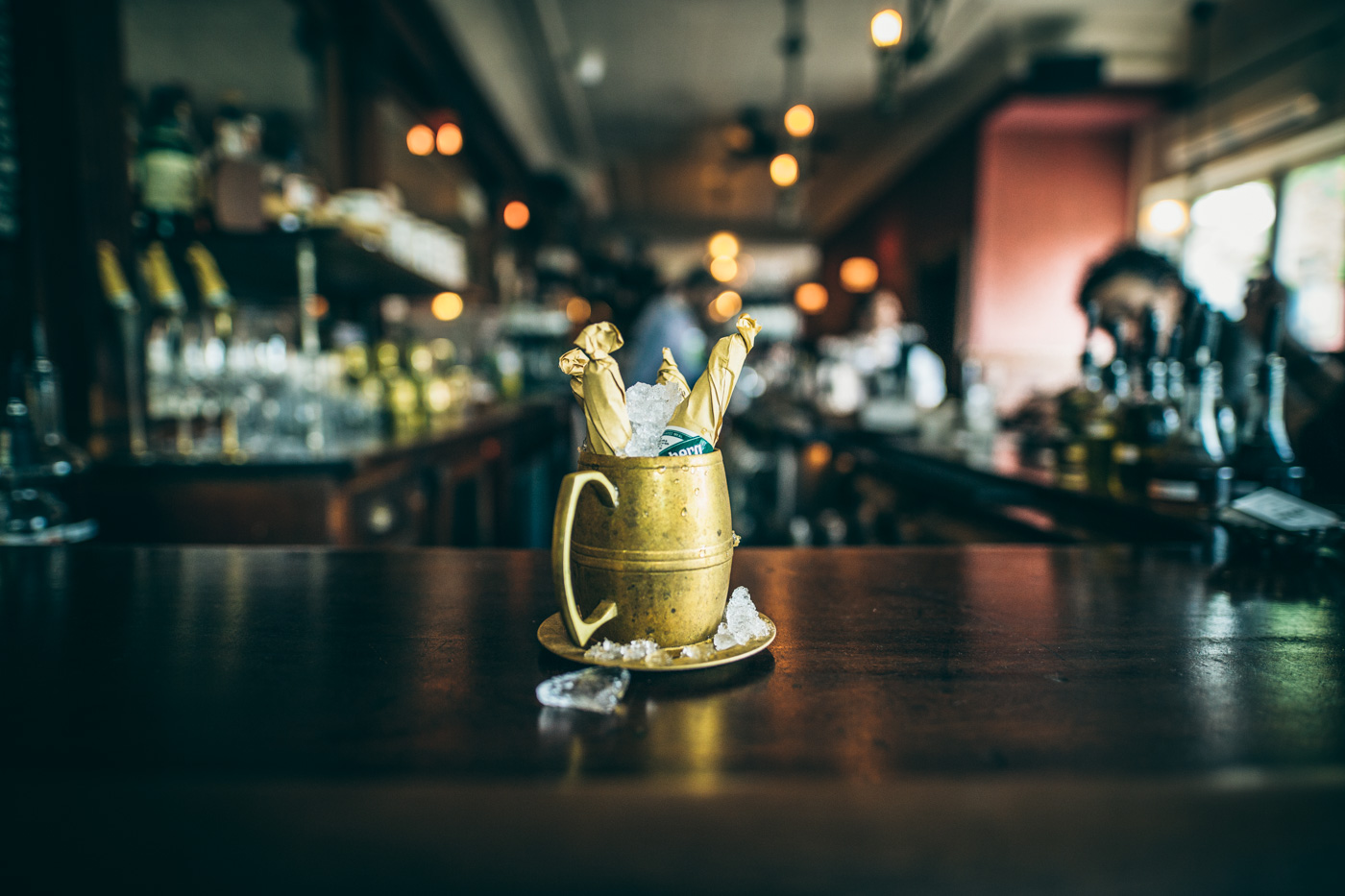
AD: What do you suggest? Should we have one at the end of the meal?
BTP: We could. For me, it’s all about when you drink it. One amaro maker I talked to claimed, in a very Italian way, the color of the bottle determines when you drink it. Campari is red—it’s sunset, so you drink it in the evening—while amaro is dark.
AD: How are the Italians drinking amaro now? Is it evolving today?
BTP: Going into research trips and investigating it more, I had this illusion of every town having homemade bottles in their kitchen—it was going to be super hyper-regional, and it was going to be everywhere. In Milan, we saw nothing but Campari ads everywhere. Amaro is a best-seller in their export market. Italy had a long tradition of bars where you stop in and have a caffé or a Campari soda or an americano; we saw a lot of those classic places that were still branded as such with Campari advertising.
I was told the cocktail scene was almost nonexistent, but we found some pretty amazing bars that would be at home here in New York or Los Angeles or San Francisco. The exciting part was going to a liquor store and bringing back a dozen or more bottles that you have never seen before. Some were regional. Some restaurants had their own amaro they made and put their own label on. I was looking for things I couldn’t find in America.

SF: What’s the take on stateside amaro?
The rise in American-made amaro is something that’s been very appealing and exciting for me, and getting the Italians’ take on it has been interesting as well. Some Italians I spoke with were very firm when they said, “To be called amaro, it must be made in Italy.” They had the same regulation you see with cheese or pizza or prosciutto. But you have amaro made in Chicago and Seattle called amaro. I think it’s better with the-more-the-merrier approach; there’s a freedom to it while respecting the history of it.
SF: Bitters are a fairly commonly known cocktail ingredient. Do you find amaro to be a little more mysterious to the average drinker?
When you go to a great restaurant, you flip over the dessert options and tons of amaros are listed; it’s intimidating. Some of the words are funny; you don’t know how to pronounce them. Even if it has the region of origin, it doesn’t really help you. I know a lot of that is supposed to be the server interacting with the customer to help them, but I think even buzzwords like wine would be helpful—to say floral, syrupy, bittersweet.
That’s the big thing about the book. It’s through my American point of view, and I’m the guide through it all. Cocktails are the vehicle through which a lot of people are discovering. With bitters, I found that people said, “I really don’t know anything, but I’d love to know more.” Amaro is a little more challenging because the word itself isn’t as familiar as bitters might be. I certainly hope the book will hit that sweet spot of appealing to hardcore bartenders and geeks, as well as someone who knows nothing about it.
AD: Bitters, amaro—these are pretty specific interests within the cocktail world. What led you to them?
BTP: Bitters naturally leads to amaro in terms of a topic; and when you find a category you can focus on, it helps you with your platform, so to speak. The appeal of amaro, to me, was the hospitality of it. If you’re in a restaurant, it could be the time you’d get going, or the time where you stick around a bit longer. When I go out to eat, I always like to try—if there are three of us, we should try three different amaros. It’s a way to introduce people to it. It’s doing what it’s intended to do in terms of digestion and conviviality, but it’s inspiring the lingering. When I go out, I always do my best to make sure there’s amaro at the end of the meal.

SF: Earlier, you mentioned one of your cocktails was inspired by a fellow bar-goer here at Prime Meats. Your writing and books seem to have a lot of influence of the neighborhood and your surroundings. How has Brooklyn has played role in what you do and what you write about?
BTP: Brooklyn is really ingrained in what I do. Starting Bitters in Seattle and ending it in New York was very cool for me; it was a bookend. Now, I’m a creature of habit and I am definitely set in my ways. I would rather go to the same four restaurants over and over versus getting to 10 new ones just to say I was there. I have my regular spots in the city, but if I don’t leave my neighborhood on a weekend, it’s a good weekend, and I’m as happy as can be.
SF: You seem to have a knack for anticipating. It feels like amaro is something that’s happening and there’s a real interest in right now.
BTP: My crystal ball gets dark. Originally, if I had done Bitters and Amaro together, it would have been a huge book and not as sellable. Being able to switch gears and devote an entire book to it was exciting. A book takes a long time to write and publish; it takes two years minimum from writing to bookshelf. You can’t necessarily say I’m cashing in on the amaro trend because I didn’t see the trend; the topic just appealed to me.
——
Amaro is available October 11. Special thanks to Prime Meats in Brooklyn, New York.

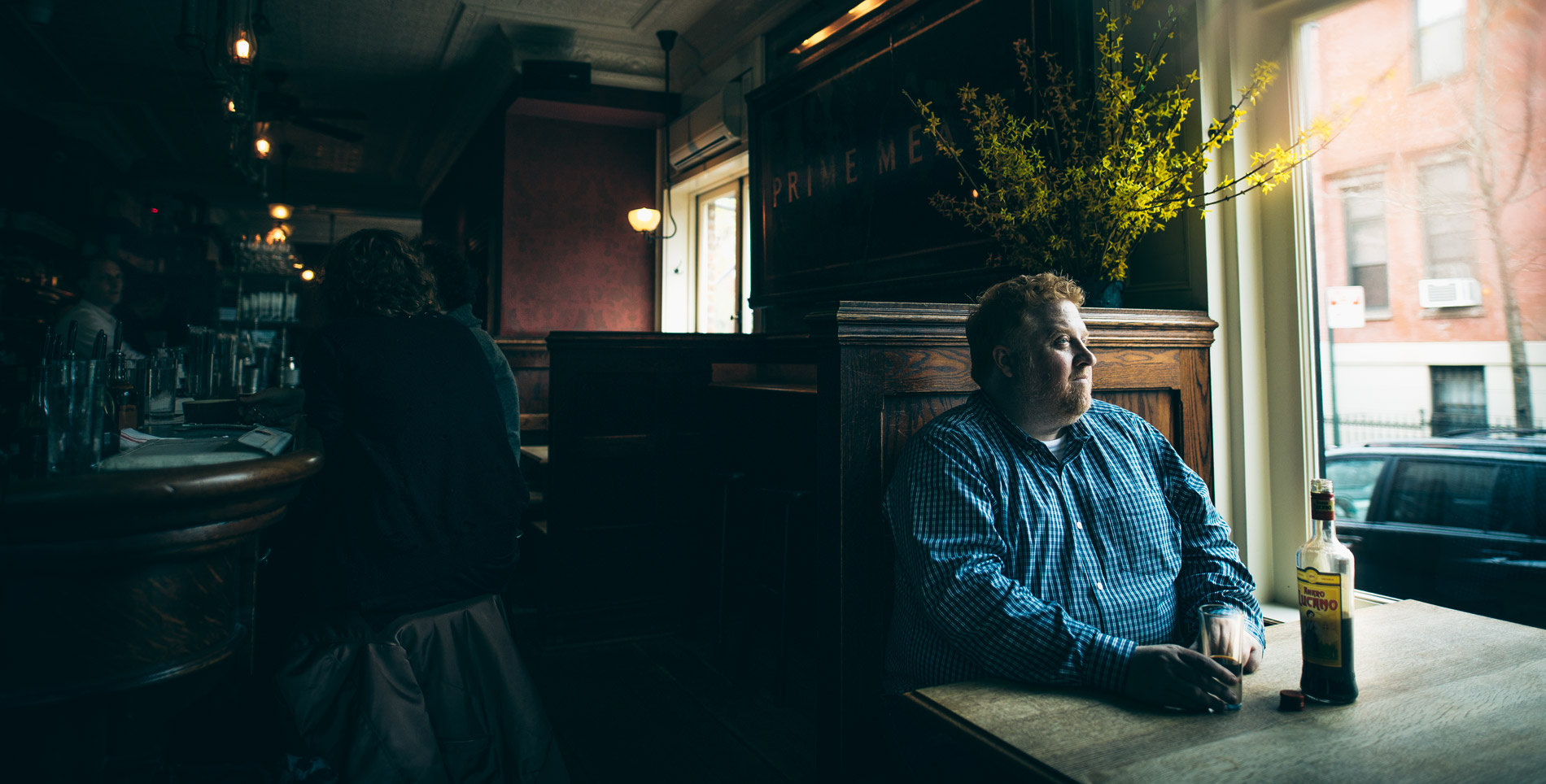

Our comments section is for members only.
Join today to gain exclusive access.